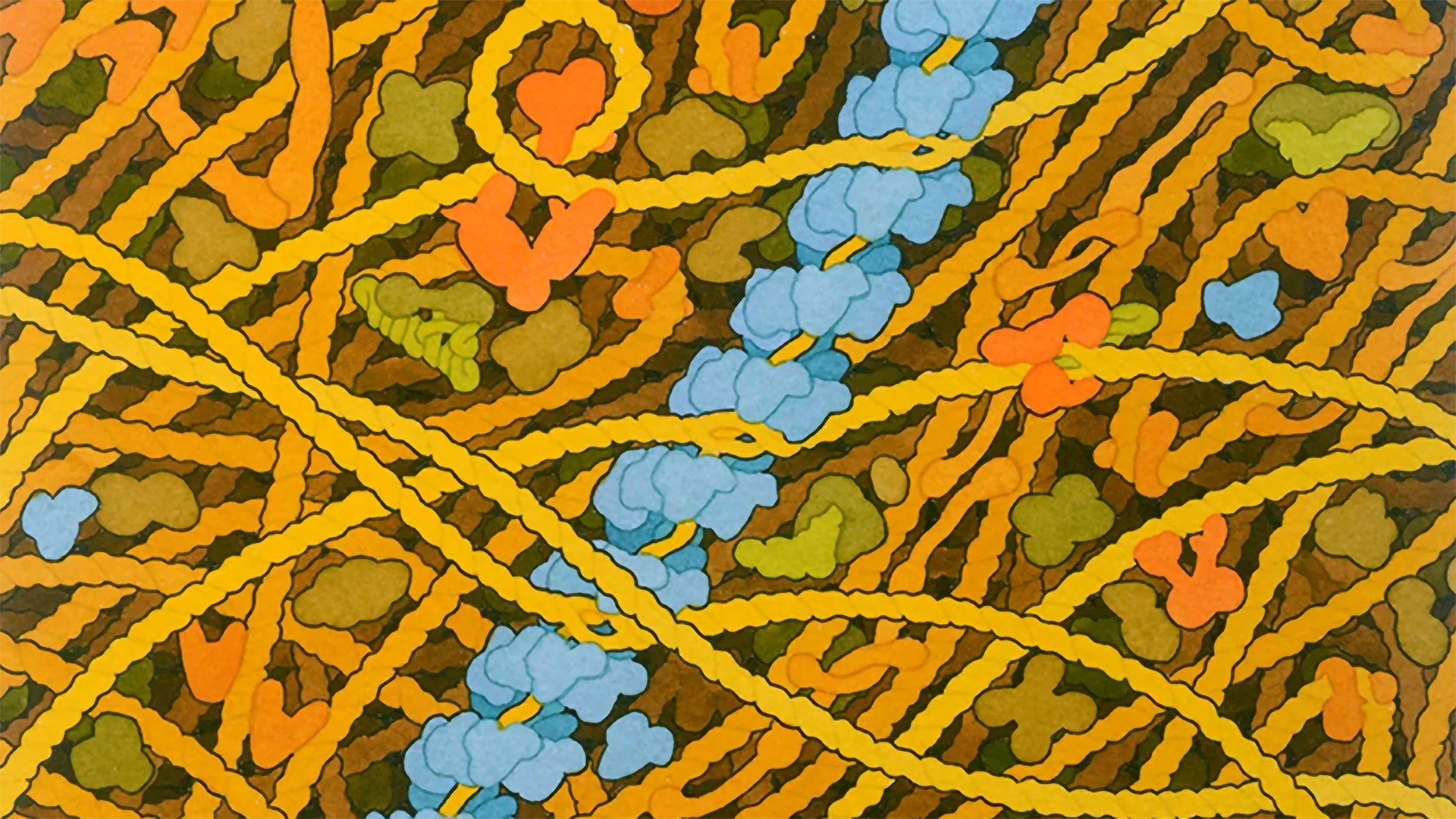SciLifeLab researchers reveal mechanism behind DNA template-induced repair
SciLifeLab researchers from Uppsala University and KTH have managed to reveal the mechanism behind how cells can mend broken DNA by locating and using another DNA copy as a template, something that has eluded scientists for years.
DNA breakage is a serious issue and requires quick repair if the cell is going to survive. For bacteria, this is simply a matter of life and death. In order to repair DNA, the cell or bacteria is using a DNA template from a sister chromosome, a process known as homologous recombination. Homologous recombination has been well described in literature but so far, the mechanism behind the seemingly impossible task of locating a matching sequence amongst all other sequences, has not been fully understood.
50 years ago, researchers agreed that simple diffusion inside the complex chromosomal structure would take forever and that there had to be another mechanism at play. Since then, studies have shown that a molecule known as RecA is somehow involved in the process, but exactly how has remained unknown.
In a recent study, led by SciLifeLab researcher Johan Elf (Uppsala University) and Fellow Illaria Testa (KTH), researchers have finally been able to answer the 50-year old question, using a CRISP-based technique to induce DNA breaks in bacteria. Their results were published in Nature.
The researchers could observe the entire homologous recombination process by tracking labeled RecA molecules in E. coli bacteria growing on a microfluidic culture chip, using fluorescence microscopy.
“The microfluidic culture chip allows us to follow the fate of thousands of individual bacteria simultaneously and to control CRISPR-induced DNA breaks in time. It is very precise, almost like having a pair of tiny DNA scissors”, says Jakub Wiktor, one of the researchers behind the study, in a press release from Uppsala University.
Closely following the process in real-time, the researchers could conclude that it takes 15 minutes for the full repair and nine minutes to locate a suitable template, on average. They also noticed that RecA is rearranged to form thin filaments across the length of the cell as a direct response to the DNA breakage.
“We can see the formation of a thin, flexible structure that protrudes from the break site just after the DNA damage. Since the DNA ends are incorporated into this fiber, it is sufficient that any part of the filament finds the precious template and thus the search is theoretically reduced from three to two dimensions. Our model suggests that this is the key to fast and successful homology repair,” says Arvid Gynnå, who has worked on the project throughout his PhD studies.
The DNA breaks, usually caused by UV light and reactive oxygen species, are constantly happening throughout our bodies. Without homologous recombination, we would be extremely sensitive to this kind of damage and most likely develop diseases, such as cancer. The new study provides important information that could help us, among other things, better understand what causes tumor growth.
Illustration of the RecA filament by David Goodsell





